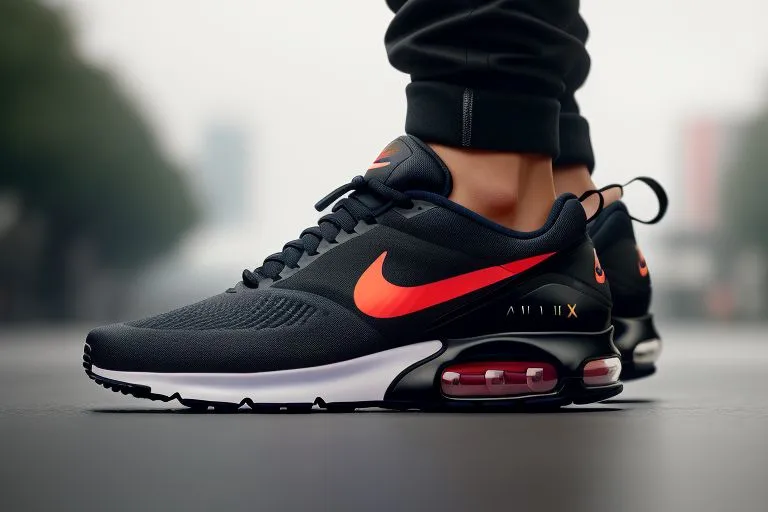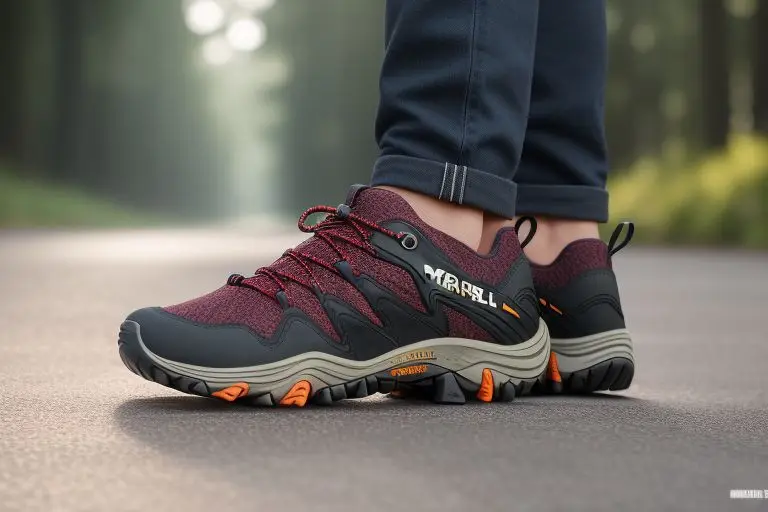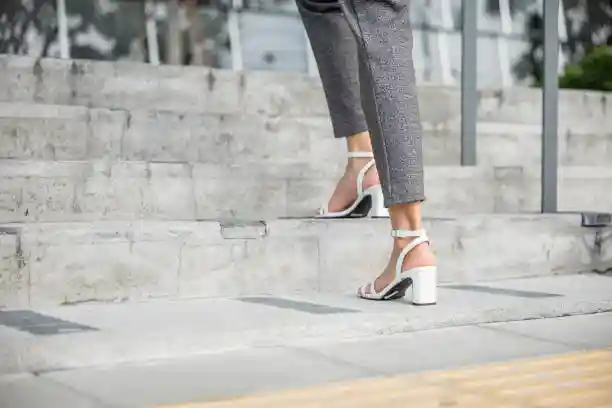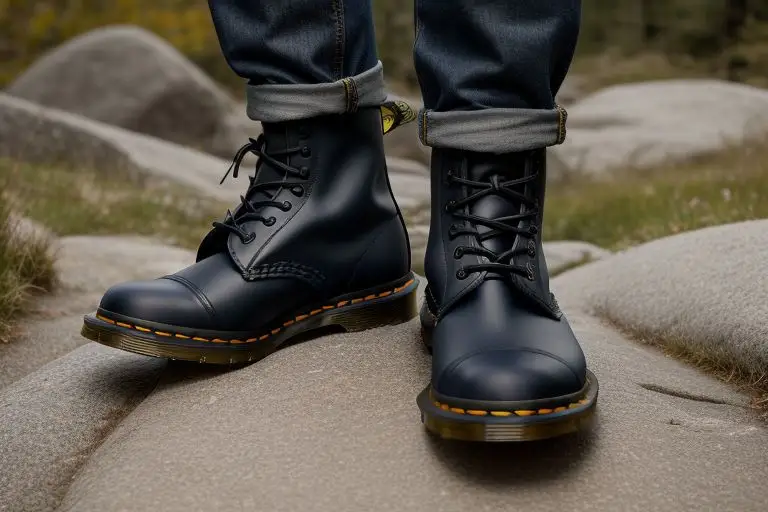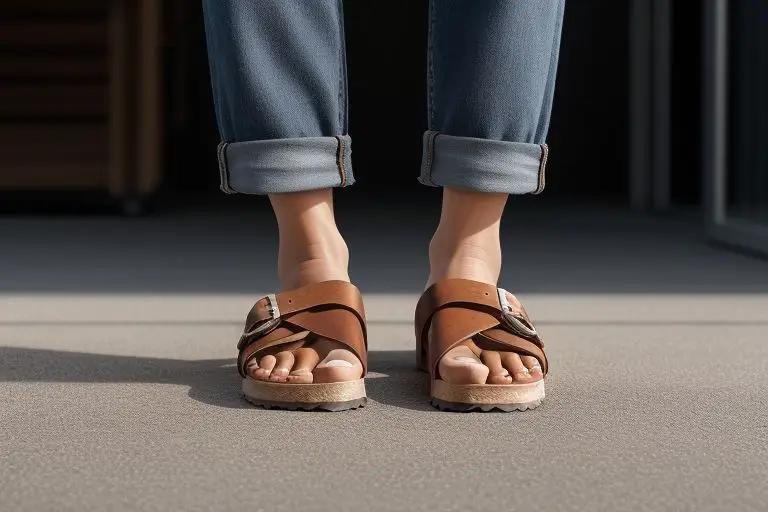Are Nike Air Max Non-Slip? A Detailed Review
Regarding sneaker fashion, Nike Air Max shoes have remained a consistent favorite. These stylish kicks are known for their comfort and distinct design, but are Nike Air Max sneakers non-slip?
It’s an important question for many people, especially those working where slip resistance is a safety necessity. This article will dig into the details and give you a comprehensive review.
Table of Contents
Are Nike Air Max Sneakers Non-Slip?
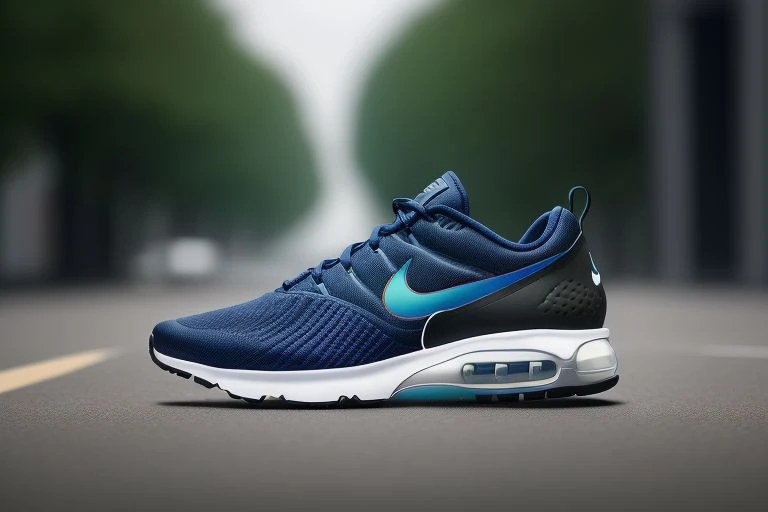
In a nutshell, Nike Air Max sneakers are not classified as non-slip shoes. While they feature a rubber outsole with a distinctive waffle-pattern tread that provides some traction on various surfaces, their design and materials are not primarily intended to prevent slipping on wet or oily surfaces – a characteristic feature of non-slip shoes.
Therefore, despite their grip and traction under normal circumstances, the performance of Nike Air Max sneakers may vary when used in environments that require superior slip resistance, such as wet or greasy floors.
Hence, while these sneakers offer comfort, style, and general stability, they are not designed or marketed as non-slip footwear.
It’s critical for potential buyers to keep this in mind, especially those who require shoes with specific non-slip properties for their daily activities or working conditions.
Understanding the Definition of Non-Slip Shoes
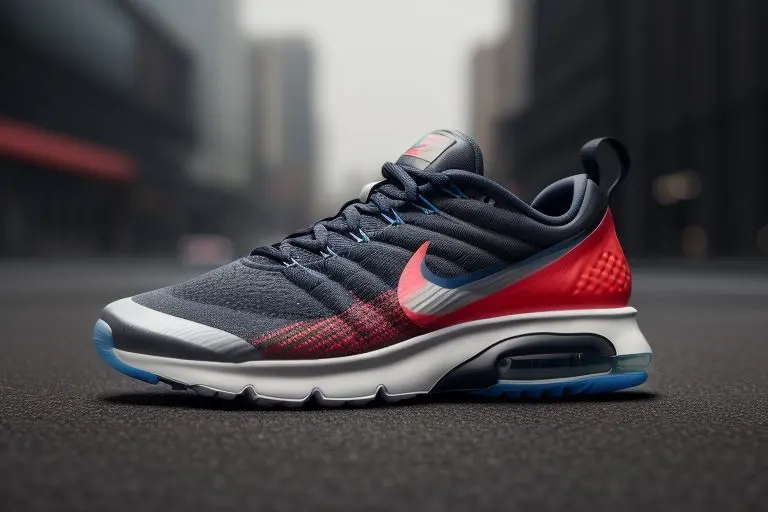
Non-slip shoes, also known as slip-resistant footwear, are specifically engineered to minimize the possibility of slipping on slick surfaces such as wet or oily floors. Their primary distinguishing feature lies in the design of the shoe’s sole.
The sole of non-slip shoes is usually etched with a multitude of small cuts or grooves, a pattern commonly referred to as siping. The purpose of siping is to create extra traction that aids in preventing slips.
The materials used to construct the soles of these shoes also play a pivotal role. Often, the soles are crafted from high-grade rubber or similar compounds, recognized for their ability to grip slick surfaces effectively.
It’s important to note that while all non-slip shoes have some form of grip, not all shoes with grip can be classified as non-slip. The difference lies in the specific intent behind the design – non-slip shoes are intentionally engineered to reduce slip hazards, especially on surfaces that pose a higher risk. As we discuss the Nike Air Max shoes, keep in mind this clear distinction.
Exploring the Design Features of Nike Air Max
Nike Air Max sneakers are celebrated for their blend of style, innovation, and functionality. Their most notable attribute is the air-cushioned sole, a unique feature that offers optimal comfort and support for the wearer.
The upper construction of these shoes typically features a combination of synthetic materials intermixed with mesh. This fusion of materials not only ensures durability but also promotes air circulation within the shoe, thereby enhancing breathability and comfort.
While the upper part offers a blend of durability and ventilation, the design and functionality of the shoe’s sole play an integral role in determining its slip-resistance capabilities.
With the understanding of non-slip footwear from the previous sections in mind, let’s delve deeper into the design of the outsole of Nike Air Max sneakers in the next section.
Analyzing the Outsole of Nike Air Max Shoes
A critical aspect in determining any footwear’s slip-resistance is the outsole’s design and construction. Let’s focus on the outsole of Nike Air Max shoes. Generally, the outsoles of these popular sneakers are made from rubber and feature a waffle-pattern tread.
This distinctive design is crucial in providing increased traction and stability when walking or running on a range of surfaces. It is essential to remember, though, that the primary goal of this waffle-pattern tread is not specifically to enhance resistance to slipping on wet or oily surfaces, a defining characteristic of shoes categorized as non-slip.
While this pattern does indeed boost traction under normal circumstances, its effectiveness in preventing slips on slick surfaces is not its primary purpose.
Therefore, despite the grip offered by the waffle-pattern tread, it’s crucial to remember that the outsole of Nike Air Max shoes is not explicitly designed with the unique demands of slip-resistance in mind. Hence, while it offers a certain degree of grip, its performance may vary in situations demanding superior slip-resistance.
Are Nike Air Max Shoes Considered Non-Slip?
Evaluating the Nike Air Max shoes based on their design, materials used, and intent behind their creation, it’s evident that they aren’t crafted with the primary purpose of being non-slip shoes.
Their rubber outsoles and distinctive waffle-pattern tread do contribute to improved traction and stability on various surfaces, which can certainly enhance the user’s overall experience during regular use or during activities such as running or walking.
However, it’s essential to recognize that these features are not primarily aimed at providing resistance against slips on challenging surfaces such as wet or oily floors, a key characteristic of non-slip shoes.
Although they offer a degree of grip, Nike Air Max shoes are not marketed as non-slip shoes nor are they intended to fulfill the same functions as slip-resistant footwear.
Therefore, while they can provide a level of slip resistance under standard conditions, their performance may not be as reliable or consistent in conditions requiring superior slip resistance, such as wet or greasy environments.
Alternative Non-Slip Shoes by Nike
For those needing footwear designed to prevent slipping, Nike does have other shoe lines crafted with slip-resistance in mind. These shoes are typically part of their work shoe collection or specific athletic shoe models.
The Nike Air Zoom Pulse, for instance, is a shoe that’s engineered to provide strong traction under various conditions. Similarly, the Nike Free RN 2018 Shield also features design elements intended to increase grip and stability, making them suitable for more challenging conditions.
The slip-resistant models from Nike incorporate special design considerations and materials, setting them apart from other standard sneaker offerings. However, it’s always essential to ensure the specific model chosen meets your unique needs and the demands of your environment.
While these options might not offer the exact look of the Air Max line, they do deliver on the crucial safety feature of slip-resistance while maintaining the brand’s commitment to comfort and style.
Conclusion: Balancing Style, Comfort, and Slip-Resistance
In conclusion, Nike Air Max sneakers bring together the elements of style, comfort, and a level of grip suitable for general use. However, for those requiring a shoe with specific non-slip properties, these sneakers may not be the optimal choice.
Fortunately, Nike has other offerings in their catalogue that are specifically engineered to be slip-resistant, such as the Nike Air Zoom Pulse or the Nike Free RN 2018 Shield. These options might not boast the exact aesthetic appeal of the Air Max line, but they do fulfill the key safety requirement of slip-resistance.
Always remember, while style and comfort are important factors to consider in footwear, safety should be a top priority, especially in environments where slips and falls could lead to serious injuries.
Thankfully, with brands like Nike, it’s possible to find a balance among these three important aspects without having to sacrifice one for the other.

